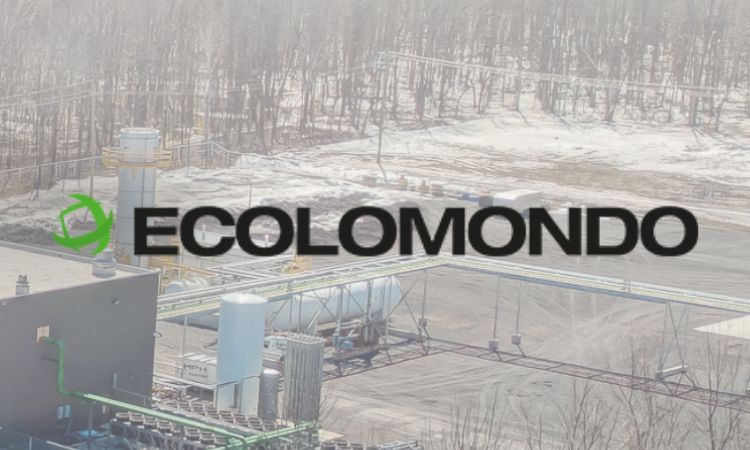Prices for ferrous scrap are rising again
Over the last four months, steel prices have been building up. Due to price increases, tire recycling companies are enjoying higher revenues. Should they expect even higher revenues from steel cords or prices are going to plummet again?
This January, ferrous scrap prices rose up again. Last two month before the new year the price had been going up and January follows the same trend – the price has been bouncing back from a steep and unexpected drop that affected ferrous scrap in September and October of the last year.American Metal Market (AMM) indicates in their price surveys and indices that the most popular ferrous scrap grades’ prices appreciated from some USD 35 to USD 40 per ton in the beginning of January. In November 2016, Midwest Index prices appreciated up to USD 25 per ton and in December 2016 they went up to USD 45 per ton.
In the beginning of 2017, export price climbed up less vigorously, according to the survey by AMM. Grades of heavy melting steel (HMS) purchased by brokers from overseas and foreign mill buyers increased by less than USD 12 per ton on the West Coast and by some USD 18 per ton on the East Coast.
For ferrous scrap processors, the obvious concern is bracing for a change in momentum of the pricing, which is usually expected after some three months of prices rising. Experts say this might come soon due to weakness in export prices and shifts in export demand.
Notwithstanding, a decrease in export demand of ferrous scrap hasn’t been matched by nonferrous scrap in January due to seasonal considerations. One shredder operator in the west of United States says asserts that already stiff competition for automotive bodies and other feedstock for shredders grew in early January and became tougher than it was. In particular, it happened because of more orders for zorba, insulated copper wire coming from China and other mixed metals.
Before Chinese offices shut down for more than a week for a Lunar New Year, many buyers opted for doubling on orders of scrap. Operators of shredder plants who were willing to help to fill those orders, enjoyed higher scale prices on the ferrous side of the scrape, brought in more scale traffic, however they also ran into rigorous competition for the materials.
The greatest impact on pricing, demand and supply is caused by the very fundamentals of the ferrous market. Still, there are number of questions around the way both global and domestic industries fare in 2017. Recyclers know that the market won’t go up forever; notwithstanding there was some positive news on the matter. American Iron and Steel Institute (AISI) based in Washington published figures for steel output in USA. During the first week of 2017, prices exhibited a very positive momentum for the U.S. steel industry.
During the second week of January, U.S. steel output was 1.68 million tons at the mill capacity of some 71 percent. Compared to the first week of January last year, output increased by 4.8 percent and the mill capacity – by 2.3 percent. In addition to year-on-year output gains, price keeps increasing in the short term.
Observing ferrous scrap price trends over the previous periods, experts conclude that they have been in harmony with stock market and show strength since Donald Trump has been elected president. Analysts of steel sector and trade policies expect that president Trump will take decisive action on Chinese steel exports.
Trump repeatedly claimed that U.S.-China trade relationship had been built on unfair conditions. Metal producers (including aluminum) claim to be on the receiving end of those unfair practices. In the middle of January 2017, before Donald Trump became incumbent, China pledged to cut down steel and iron production by almost 32 million metric tons in 2017 and to curtail output by 50 million metric tons by 2020.
Still, there are some reasons to doubt whether China’s steel output will be eventually reduced. During this decade, China’s central government acknowledged the overcapacity of steel industry and decided upon imposing cutbacks. But many of the steelmakers in China are managed by provinces not willing to lay off employees or step aside on the way of competing steel producers.
It is going to be an intriguing story in 2017, whether or not new American government will make efforts to cut down Chinese steel exports.
Article by Recycling Today.
Weibold is an international consulting company specializing exclusively in end-of-life tire recycling and pyrolysis. Since 1999, we have helped companies grow and build profitable businesses.









